| It's been a while since I've made an entry here. Things got a little crazy in my personal life the past couple of years, and then...2020. 'Nuff said... Just before the beginning of this school year, I contacted the company that made the Populele, an instrument that I acquired a few years back that uses LED lights in the fretboard to guide your fingers. It's an interesting idea, and though I have pedagogical reservations about students looking at their fingers all of the time when they play, I think there's a place for it. | |
The representative mentioned this Poputar that they would be coming out with in October, and asked if I'd be willing to do a review of it when they went live in October. I said that I'd be glad to, and they sent me the instrument.
I've struggled with this ever since I got the instrument, and have recorded at least 6 different versions of this review, but the long and short of it is: DON'T BUY THIS. Don't even think about it. It cannot play in tune, no matter how the tech works with it, the frets are not placed correctly, so it cannot even play in tune to the fifth fret.
I'm very sad to say this, because I like my Populele very much, and I like the general thought process behind the technology that they are trying to develop. I simply don't understand why you would put out an instrument that cannot play in tune. I told the company about the issue, and their response did not indicate that this was a one-time quality control issue, and frankly seemed a little blase about it.
The MSRP on this is $259.00. If the instrument manufacturing process is fixed at some point in the future, I may revisit this, but for now, I cannot recommend that anyone purchase this guitar at this time.
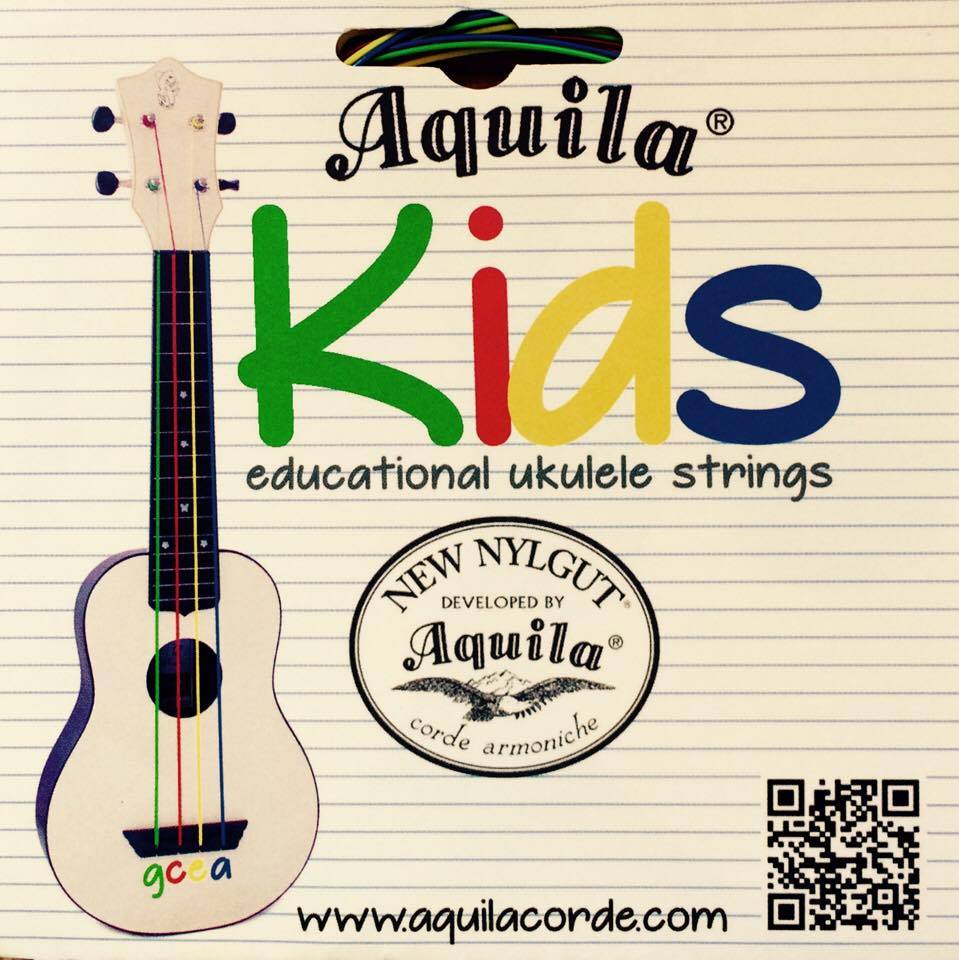
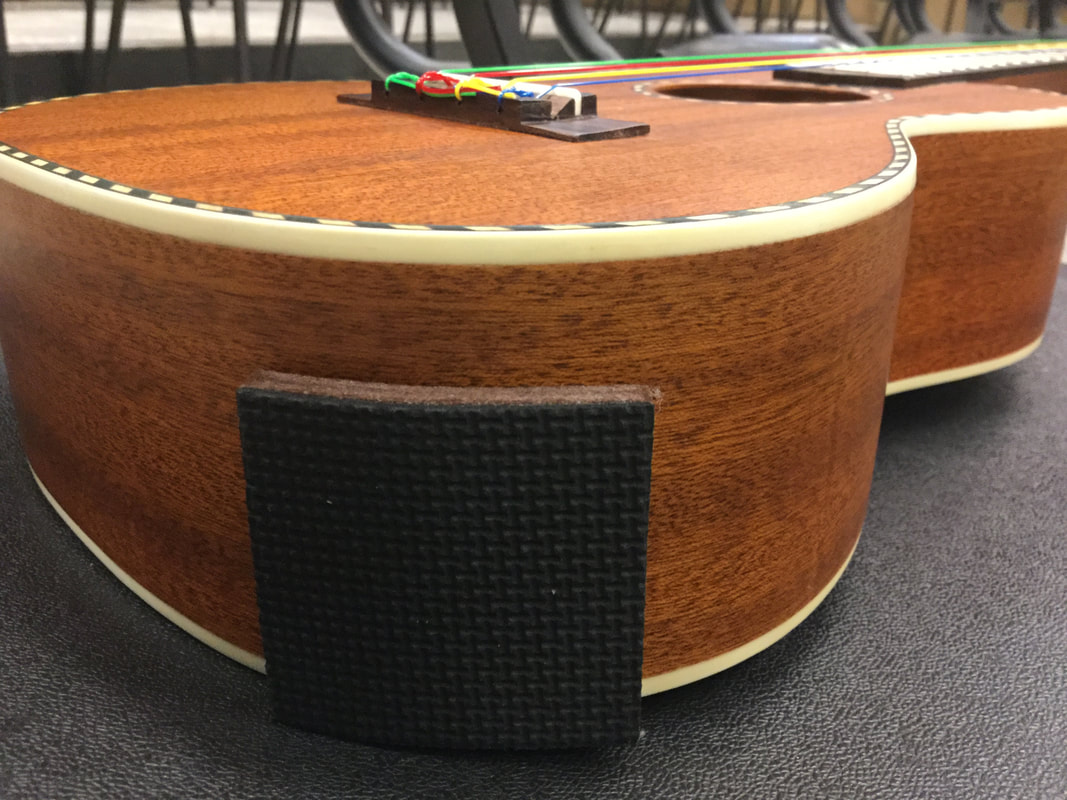
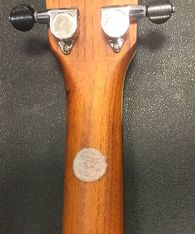
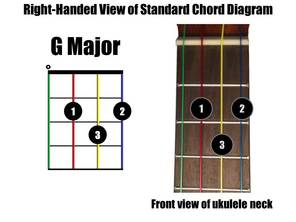
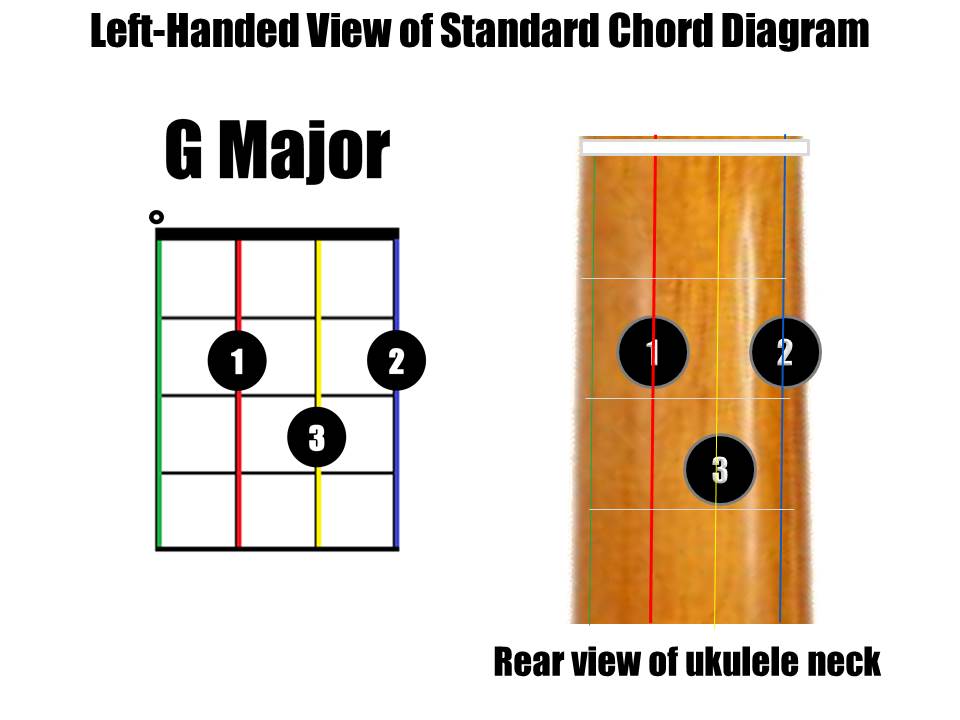
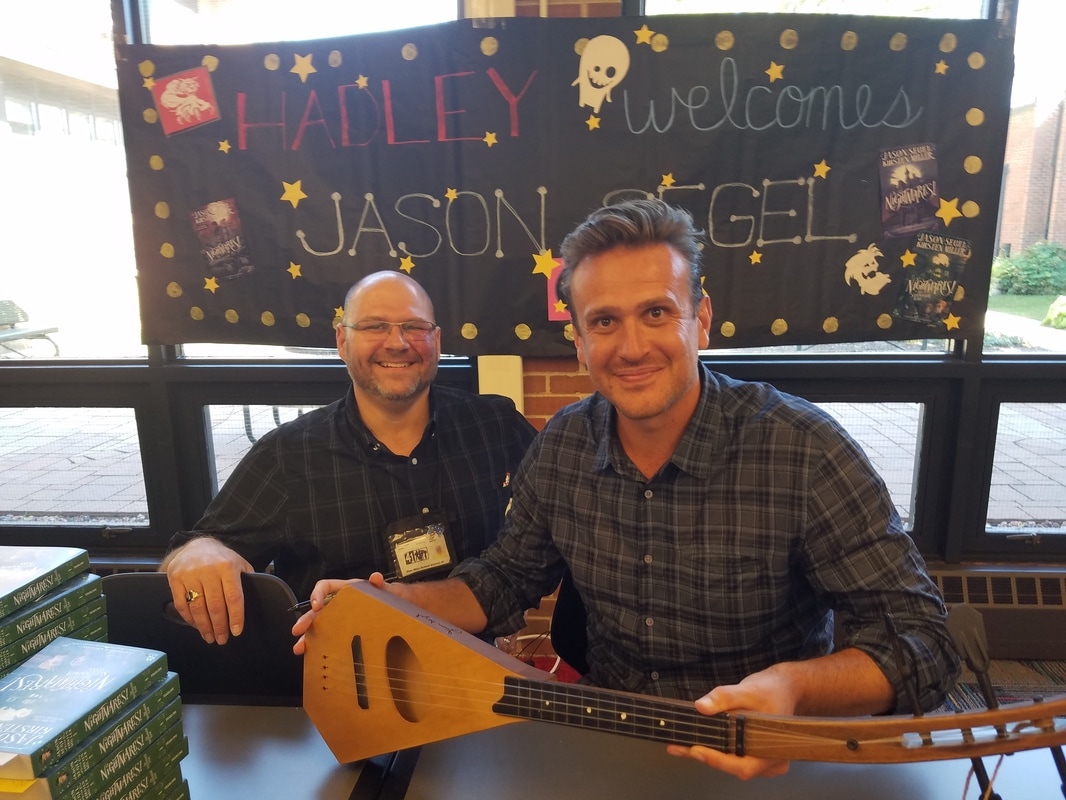

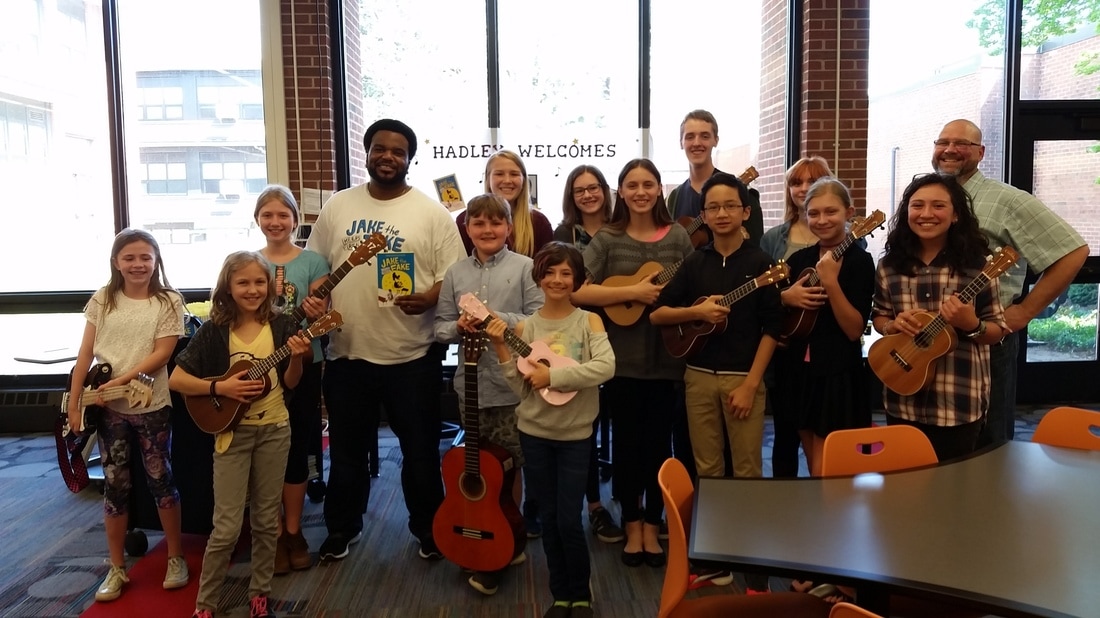

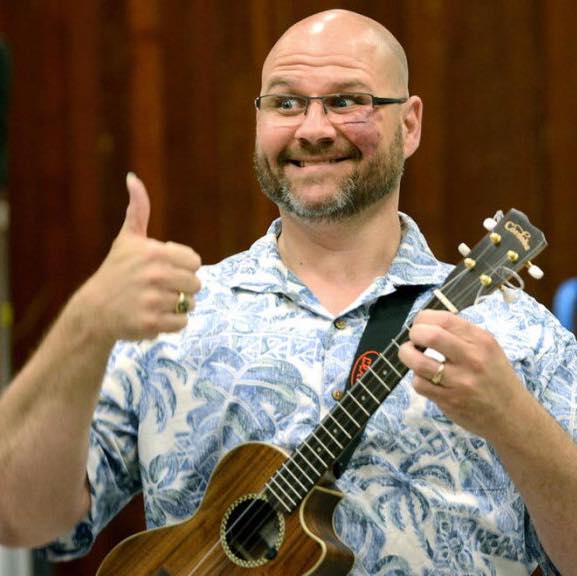
 RSS Feed
RSS Feed
